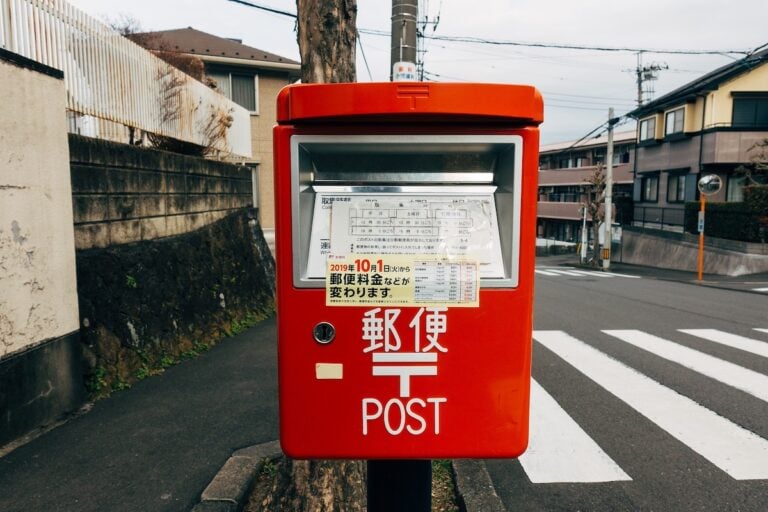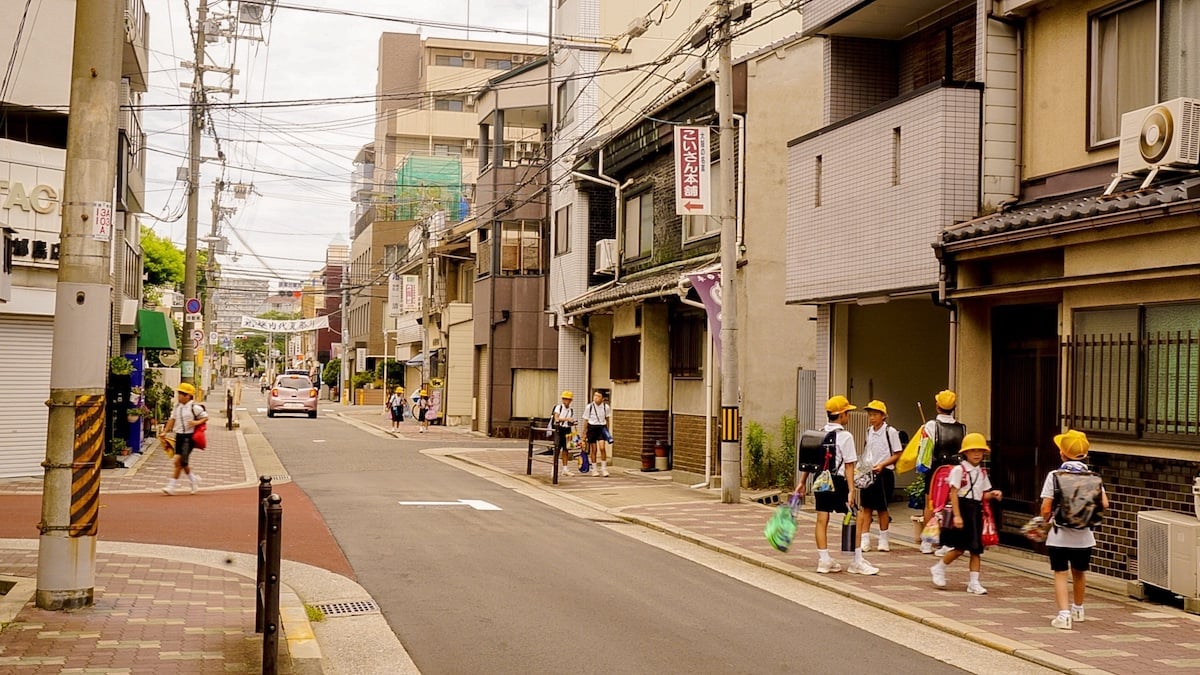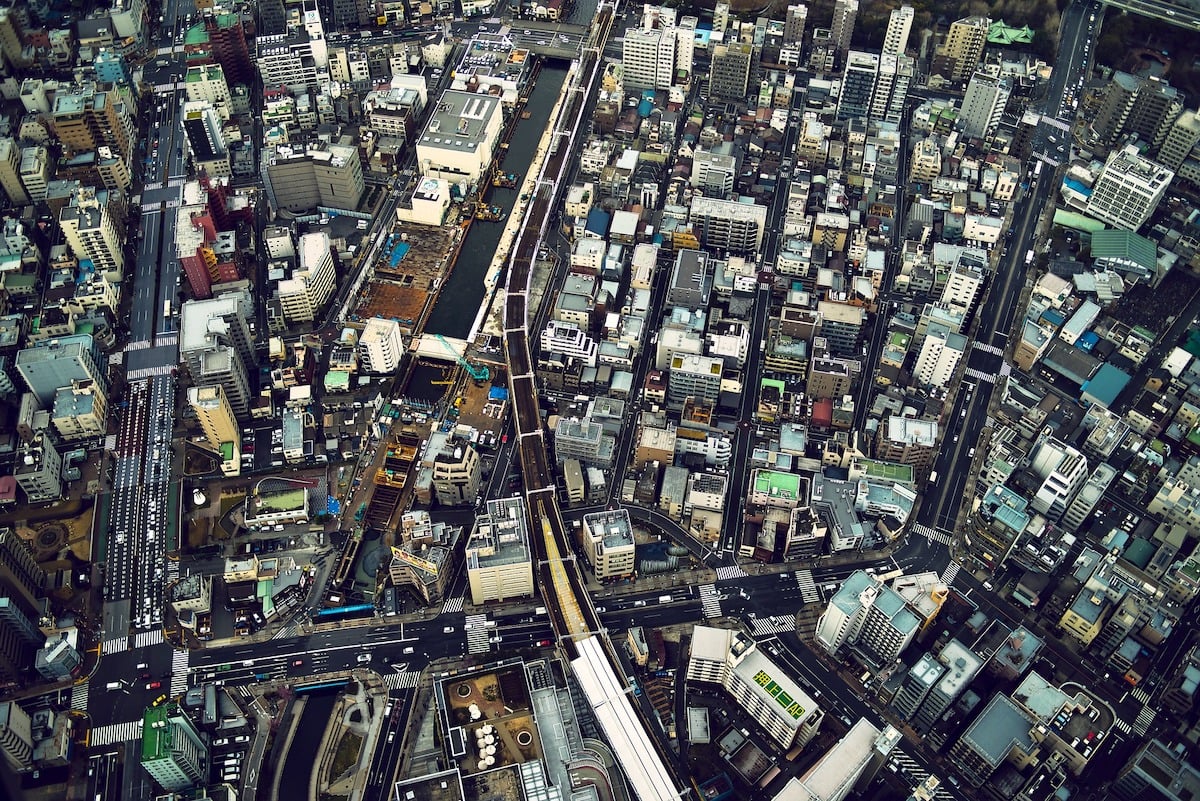
When I was in high school, I was given an assignment for a communications elective to find a foreign pen pal and begin exchanging letters while making journal entries along the way to document my experience. As you might’ve guessed, I chose someone from Japan. They sent a letter to me, and I one back, yet I had so thoroughly bungled the address that it returned to me a month later, the post office unable to find its destination. The issue? I had written this Japanese address exactly how I would’ve wrote an American address.
This blunder was my first confrontation with the notion that different cultures write addresses differently. It may seem obvious (and had I thought about it for a moment I would have realized) but it really does get one’s mind going: How do different address systems arise? What historical factors lead to an address being written one way as opposed to another? As far as Japanese culture is involved, I seek to answer these questions.

Piece by Piece
The fastest way to begin understanding how the Japanese address system works is to take a quick overview of it by example. Here is the address for a local cafe that I frequent:
〒459-8001 愛知県名古屋市緑区大高町中川25−1
As an aside: When writing an address, it’s common to write it vertically from right to left, and after the address, the name of the recipient is specified.
Firstly, 〒 is the symbol for the post office. For a while I was once under the misapprehension that it was symbolic of the テ (te) in 手紙 (letter), due to their visual similarity, but apparently this is just a coincidence—if not a great mnemonic. I digress.
After that is the postal code, 459-8001. The specifics of how postal codes are determined is perhaps too complex for a simple blog post, but the first three numbers are easy to understand: The further east you go in Japan, the smaller the number gets, and the further west, the larger. Gifu is often considered to be the center of Japan due to its number 500 area codes, e.g.
Next is 愛知県 (Aichi-ken), referencing the prefecture of Aichi. Certain “prefectures” don’t end in “ken” such as 北海道 (Hokkaido), but most do. 名古屋市 (Nagoya-shi) references the city of Nagoya. 緑区 (Midori-ku) is the Midori Ward, one of the many wards that Nagoya is sub-divided into. 大高町 (Odaka-cho) is the town of Odaka within Midori Ward.
The next step is where things get confusing, however…

Goodbye Grids
The portion of the Japanese address that causes the most headache for foreign residents (even leaving locals and Google Maps confused sometimes) is the final section:
中川25−1 (Nakagawa 25-1).
Essentially, this means that in the Nakagawa block at building 25, door 1, you will find this cafe. The misunderstandings that the Japanese address system can cause, however, is all contained in this final part. “Blocks” or “Sub Areas” such as Nakagawa are often arbitrarily defined. This “block” as it were, has at least four sections divided by the various streets that run through it, which goes against an American understanding of the term “block,” for however of note that is.
What makes that building number 25 is that it’s the 25th building erected on this block, which is usually impossible to intuitively know and made more confusing by the fact that adjacent building numbers may be on opposites sides of a block, or at least not next to each other. God bless the men and women employed at the post office who have memorized the complexities of this singular quagmire.
So why is all this the case? Simply, because Japan does not utilize a strict grid system for their roads. The reasons are many: It’s a very old country, the land is limited and mountainous, cars are second-potato to pedestrian traffic, etc. Historically, blocks were not laid out in geometrically straight ways (barring rare exceptions such as Kyoto), but rather branched out to suit the needs of an agrarian society. The roads of Japan were woven like spiderwebs—complex yet efficient—until industry retro-fitted that system for the modern world.
Helpful Locals
Modern devices often do little to help determine the exact location of things as well, since a dropped pin from birds-eye-view will skewer a half-dozen businesses stacked on top of each other. This is why it’s especially important to talk to locals. Asking for directions is a great way to practice your listening skills, and will let you feel more at home with your surroundings. Better yet for the purposes of this blog, it’s the key to truly understanding the “feel” of Japanese addresses in a more natural way than a guide will be able to convey.
It’s noteworthy that, in the many instances where I have asked for directions, I have never received a written address. A helpful Japanese passerby will tell you the steps to take to get somewhere, or perhaps draw you a map, or (if they are exceedingly friendly and not pressed for time) will even lead you to the location. Businesses will often show a map of their location on advertisements, eschewing the address for more relative directions such as “10 minute walk east of Sakae station, next to the MosBurger.” Yet, as I said, I never received a written address in lieu of directions.
Perhaps they assume that foreigners may be confused by it, but I think it’s fair to say that then Japanese address system itself is just somewhat confusing. Coming from the USA, I’m proud to say that our address system is perfect, in that you can find just about any house with no map or directions required, simply because of how consistently things are laid out. Does this mean I dislike the Japanese system though? Certainly not.
While perhaps not the most readable on the surface, the design of a Japanese city is part of what is so enjoyable about exploring it. The endless repeating shapes of my home country are efficient, yes, but also somewhat monotonous. In Japan, it often feels like every acutely angled turn may open up five more pathways for you to explore. The complexity of the urban sprawl is one of the main things that I enjoy about Japanese culture. Like anything else, the more you dive into it, the more used to it you’ll become, and the more you’ll be glad that you did.















